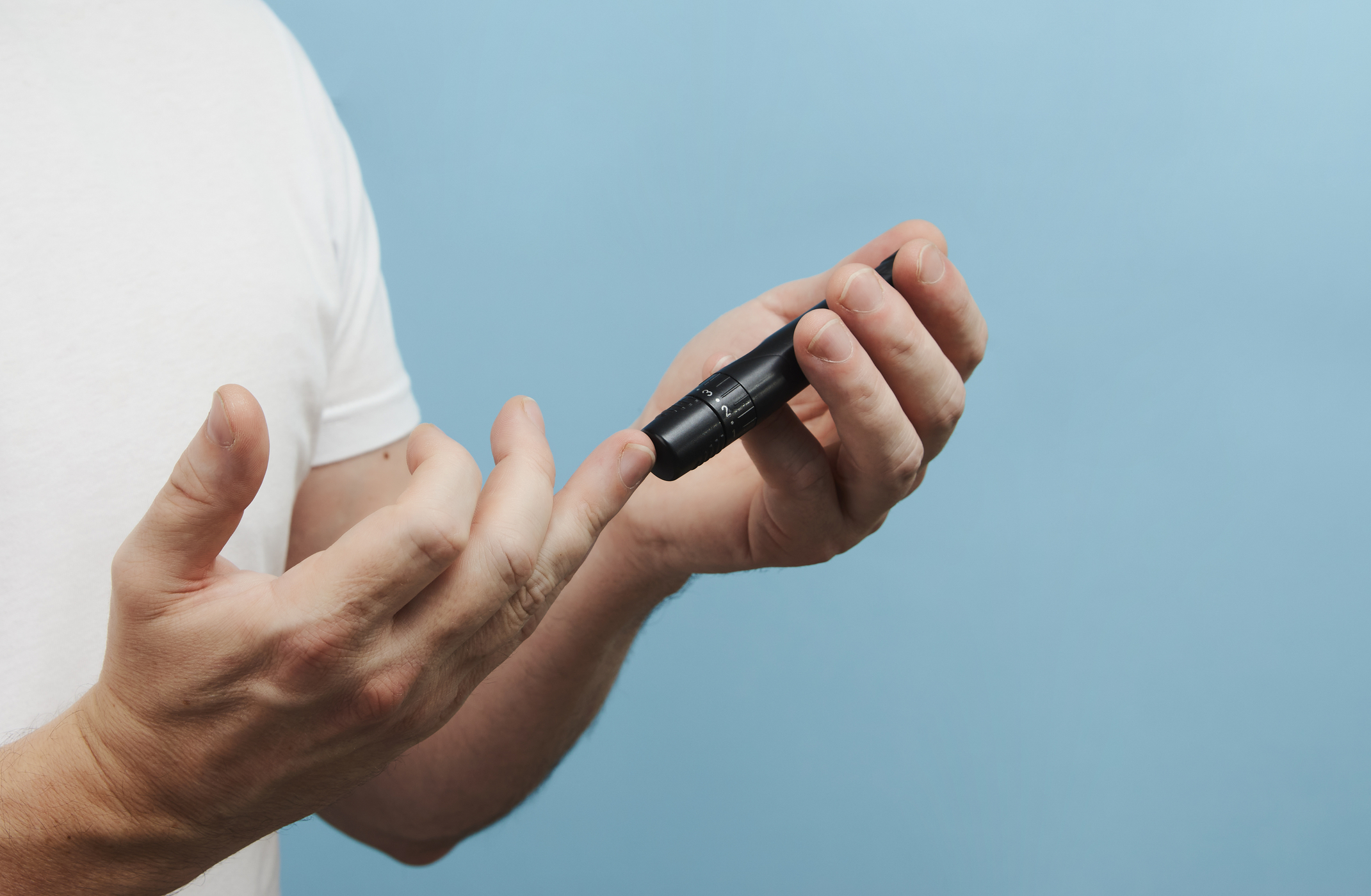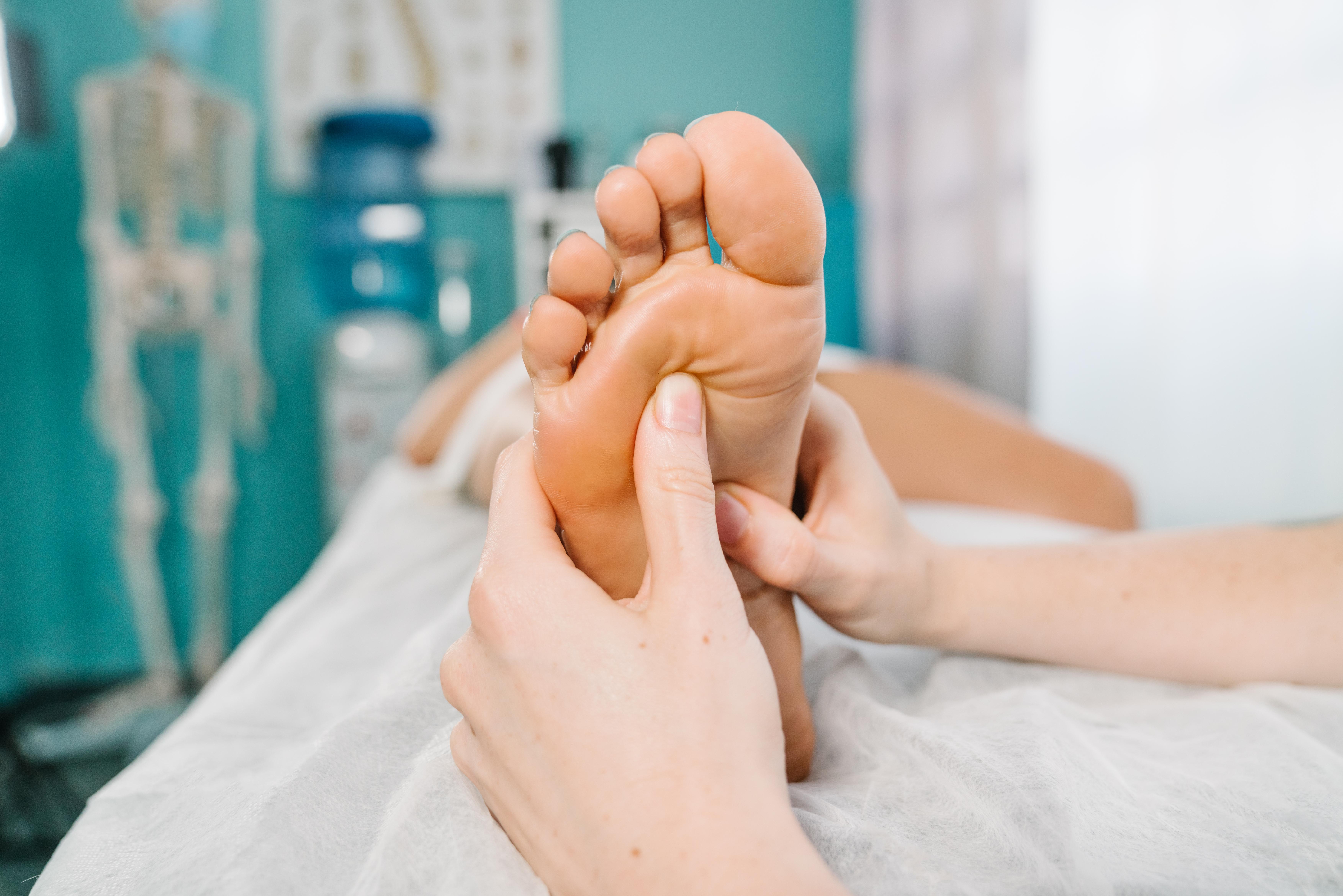The Senior's Blueprint to Managing Type 2 Diabetes 15 Ways
For many seniors, a Type 2 diabetes diagnosis can feel like a daunting new chapter, but it doesn't have to define your golden years. This pervasive condition, impacting how your body manages blood sugar, demands attention, yet empowering yourself with knowledge is your first, most vital step. As our bodies gracefully age, understanding specific health needs becomes paramount for sustained vitality and independence. Forget generic advice; this isn't just an overview. This comprehensive guide unveils 14 brilliant points about Type 2 diabetes, offering targeted, actionable strategies designed to help you not just manage, but truly master your metabolism, ensuring a vibrant and fulfilling life for years to come.
1. Decoding Type 2 Diabetes: How Your Body's Fuel System Changes

Type 2 diabetes isn't merely about high blood sugar; it's a metabolic shift where your body either doesn't produce enough insulin or can't effectively use the insulin it makes (insulin resistance). Insulin, a key hormone, typically unlocks cells to let glucose in for energy. Without proper insulin function, glucose builds up in your bloodstream, leading to various health issues. Unlike Type 1, where the body doesn't produce insulin at all, Type 2 is often linked to lifestyle, progressing gradually. Understanding this core mechanism is crucial for seniors to grasp the "why" behind management strategies.
2. Spotting the Signals: Key Symptoms & Swift Diagnosis

Early detection of Type 2 diabetes is a game-changer for seniors. Be vigilant for subtle shifts: persistent thirst, increased urination (especially at night), unexplained weight changes, blurred vision, slow-healing sores, or recurring infections. These common symptoms, though often dismissed as part of aging, warrant immediate attention. Diagnosis typically involves simple blood tests like the A1C, which measures average blood sugar over 2-3 months, or fasting plasma glucose tests. Catching diabetes early allows for prompt intervention, significantly reducing the risk of long-term complications.
3. Unmasking the Risks: Why Seniors Are Vulnerable

Several factors heighten the risk of Type 2 diabetes in older adults. Age itself plays a role, as insulin resistance tends to increase and pancreatic function may decline. Lifestyle choices are pivotal: a history of obesity, sedentary habits, and diets high in processed foods significantly raise vulnerability. Genetics also contribute; a family history of diabetes increases your predisposition. Understanding these specific risks empowers seniors to take proactive steps, whether through preventive measures or diligent management if already diagnosed, to safeguard their metabolic health.
4. Guarding Against Complications: Protecting Your Future Health

Left unmanaged, Type 2 diabetes can quietly pave the way for serious long-term health issues, impacting nearly every system. High blood sugar can damage blood vessels and nerves, leading to cardiovascular disease (heart attacks, strokes), kidney disease, nerve damage (neuropathy, affecting feet and hands), and vision loss (retinopathy, potentially leading to blindness). Proactive management, from consistent blood sugar control to regular medical check-ups, is your strongest defense, significantly reducing the risk of these debilitating complications and preserving your quality of life.
5. Tailored Treatment Paths: Your Personalized Management Plan

Conquering Type 2 diabetes means embracing a multifaceted approach, and there's no one-size-fits-all solution. Your treatment journey should be highly individualized, co-created with your healthcare team—doctors, dietitians, and educators. This personalized plan considers your overall health, existing conditions, lifestyle, and personal preferences. It might involve a combination of medication, dietary adjustments, regular physical activity, and consistent monitoring. The key is finding a sustainable strategy that fits your life, ensuring optimal blood sugar control while supporting your well-being.
6. Medication Mastery: Navigating Your Prescribed Support

For many seniors with Type 2 diabetes, medication becomes a vital tool in managing blood sugar. Beyond insulin, a range of oral medications and injectables work in different ways: some improve insulin sensitivity (like Metformin), others stimulate insulin production, or help the body excrete excess glucose. Understanding your specific prescriptions—their purpose, dosage, timing, and potential side effects—is crucial. Regular communication with your doctor about how medications are working (or not) allows for necessary adjustments, ensuring your regimen remains effective and safe as your needs evolve.
7. Embracing a Vibrant Lifestyle: Beyond the Pill Bottle

While medication is important, true mastery over Type 2 diabetes hinges on powerful lifestyle changes. This isn't about deprivation, but about embracing habits that nourish your body and spirit. Think of it as investing in your longevity and vitality. Integrating healthier eating, consistent physical activity, and effective stress management into your daily routine forms the bedrock of metabolic control. These pillars work synergistically to improve insulin sensitivity, manage weight, and boost overall well-being, often reducing the need for escalating medication and improving your quality of life significantly.
8. Fueling Your Body Wisely: The Power of Diabetes-Friendly Nutrition

Your plate is a powerful tool in diabetes management. Focus on a balanced diet rich in whole, unprocessed foods: lean proteins, healthy fats, and complex carbohydrates from vegetables, fruits, and whole grains. Prioritize fiber-rich foods to help regulate blood sugar spikes. Be mindful of portion sizes, especially for carbohydrates, and limit added sugars, sugary drinks, and highly processed items. A registered dietitian can offer personalized guidance, helping you build a delicious, sustainable eating plan that satisfies your palate while keeping your blood sugar stable.
9. Movement is Medicine: Active Living for Blood Sugar Balance

Regular physical activity is a non-negotiable ally in managing Type 2 diabetes for seniors. It boosts insulin sensitivity, helps with weight management, and improves cardiovascular health. Aim for a mix of aerobic activities (brisk walking, swimming, cycling) and strength training (using light weights or resistance bands). Always consult your doctor before starting a new exercise regimen, especially if you have existing health conditions. Start slow, build gradually, and find activities you genuinely enjoy to make movement a joyful, consistent part of your daily routine.
10. Achieving Your Ideal Weight: A Cornerstone of Control

For many seniors with Type 2 diabetes, managing weight is paramount. Even a modest weight loss (5-10% of body weight) can dramatically improve insulin sensitivity, lower blood sugar levels, and reduce the need for medication. This isn't about chasing a specific number, but about finding a healthy weight that supports your body's best function. Strategies include balanced nutrition and consistent activity, as discussed. In severe cases, weight loss surgery might be an option, but for most, sustainable lifestyle changes are the key to a healthier, more manageable weight.
11. Precision Monitoring: Tracking Your Blood Sugar Journey

Regularly monitoring your blood sugar levels provides invaluable feedback, transforming abstract numbers into actionable insights. Use a glucometer as directed by your doctor, noting readings before and after meals, and at different times of the day. Understand your personalized target ranges and learn what influences your numbers (food, activity, stress, medication). This data empowers you and your healthcare team to fine-tune your diet, exercise, and medication regimen, ensuring optimal control and preventing dangerous highs or lows. It's your real-time report card for metabolic health.
12. Building Resilience: Navigating Emotional & Mental Wellness

Living with a chronic condition like Type 2 diabetes can take an emotional toll. Stress, anxiety, and even depression can impact blood sugar levels and adherence to your management plan. Prioritize your mental well-being: practice stress-reducing techniques like mindfulness, meditation, or gentle yoga. Seek out support groups where you can connect with others facing similar challenges. Don't hesitate to reach out to a mental health professional if you feel overwhelmed. Nurturing your emotional health is as vital as physical care in truly conquering diabetes.
13. Proactive Prevention: Reducing Your Risk, Even After Diagnosis

Even with a Type 2 diabetes diagnosis, you can continue to implement "preventive" strategies to mitigate its progression and prevent complications. If you have prediabetes, these strategies are even more crucial. Focus on sustained lifestyle changes: maintaining a healthy weight, consistent physical activity, and a nutrient-dense diet. Regular check-ups allow your doctor to monitor key indicators and intervene early if necessary. These proactive steps empower you to take charge, reducing your risk of complications and potentially even putting the condition into remission.
14. Horizon of Hope: Emerging Research & Tomorrow's Treatments

The field of Type 2 diabetes research is constantly evolving, bringing exciting new possibilities to the horizon. Scientists are exploring innovative medications with fewer side effects, advanced glucose monitoring technologies (like continuous glucose monitors), and personalized approaches based on genetics and microbiome research. Breakthroughs in understanding insulin resistance, pancreatic cell regeneration, and even potential cures offer immense hope. Staying informed about these developments, discussed with your healthcare team, ensures you benefit from the latest advancements in managing your condition.
15. Prioritizing Comprehensive Foot Care: Protecting Your Foundation

For seniors managing Type 2 diabetes, diligent foot care is non-negotiable. High blood sugar can lead to nerve damage (neuropathy) and poor circulation, making feet vulnerable to infections and slow-healing sores. Inspect your feet daily for cuts, blisters, or swelling. Wash and dry them thoroughly, especially between toes. Wear comfortable, well-fitting shoes and socks, avoiding going barefoot. Regular professional foot exams are essential. Proactive foot care prevents minor issues from escalating into serious complications, safeguarding your mobility and overall well-being.
Your Golden Blueprint: Living Vibrantly with Type 2 Diabetes

Embracing this 15-point blueprint transforms a diabetes diagnosis from a burden into a powerful call to action for seniors. It's about proactive mastery, not passive management. By decoding your body's signals, harnessing the synergy of lifestyle and medication, and nurturing your emotional well-being, you take decisive control. Remember, Type 2 diabetes is a condition you live with, not live by. Armed with knowledge, a dedicated healthcare team, and these actionable strategies, you possess the ultimate toolkit to conquer its challenges, safeguard your vitality, and ensure your golden years are lived to their fullest, healthiest, and most vibrant potential.